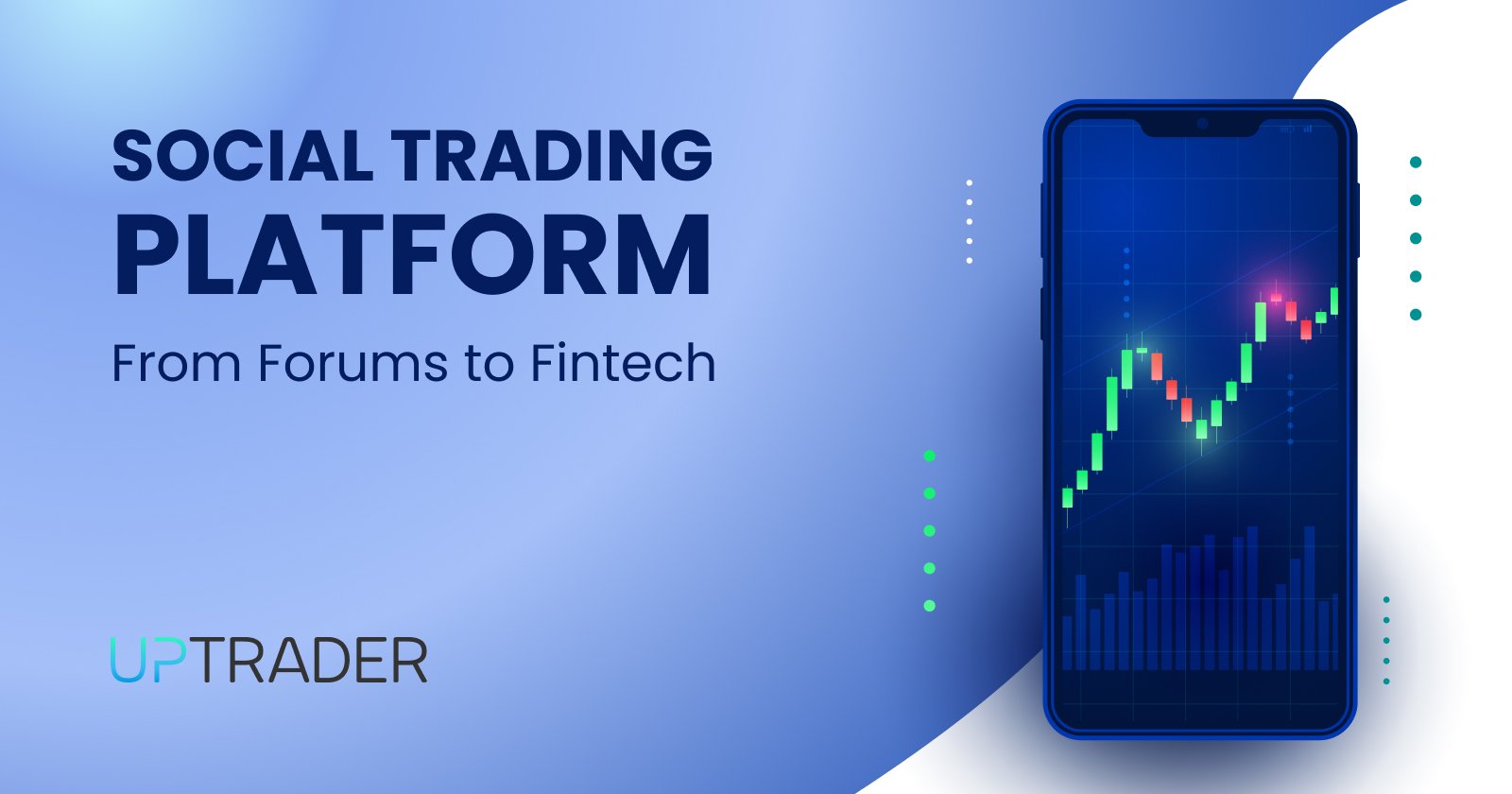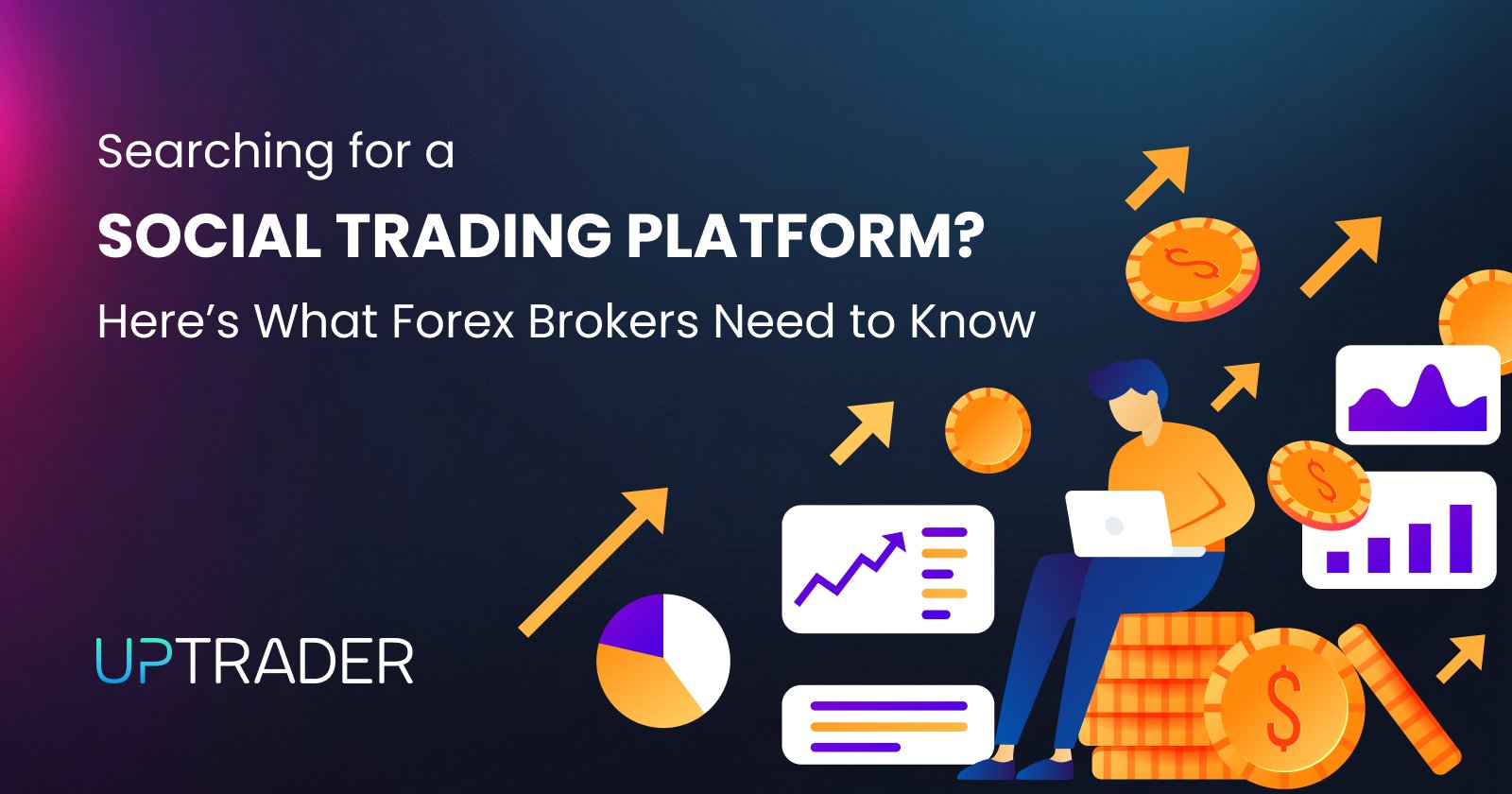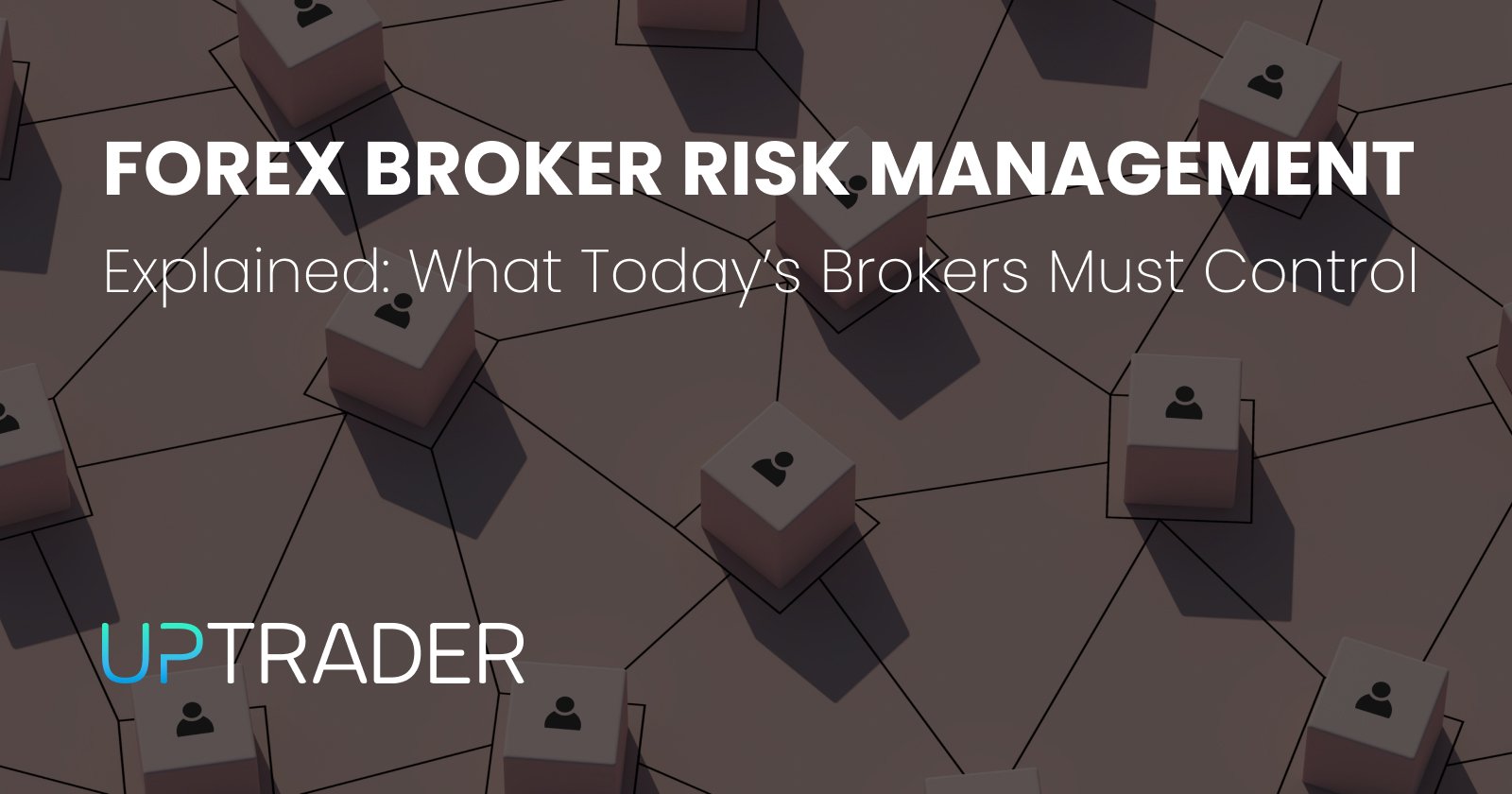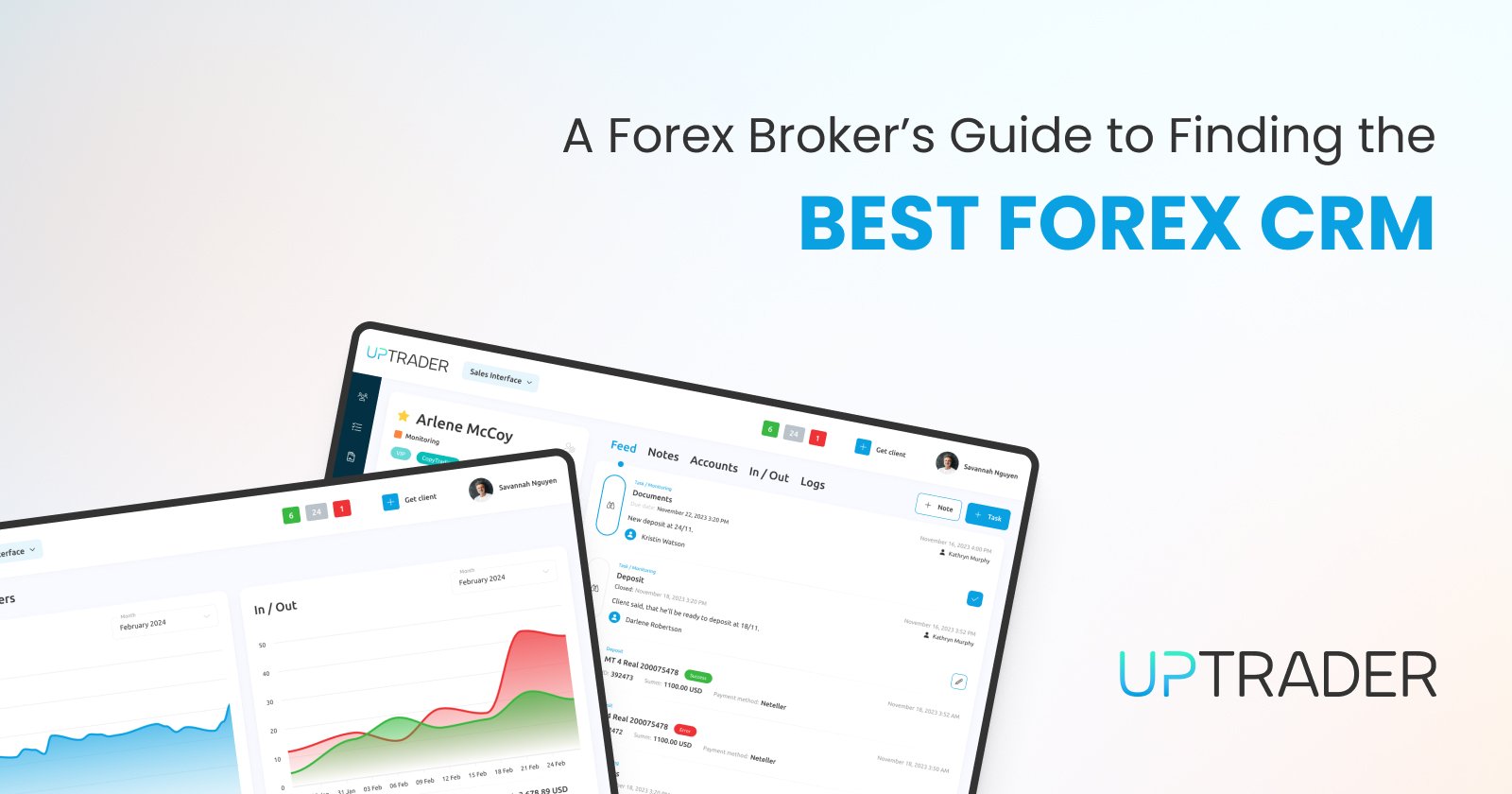Social Trading Platform: From Forums to Fintech

Share this publication:
Once a niche topic in small corner forums, social trading has pushed its way into mainstream fintech in a flash. The modern social trading platform now looks slick and data-rich, letting new investors and seasoned pros swap ideas, copy each other's moves, and grow side by side. By blending social feeds with trading tools, the model opens the markets to more people and reshapes the mindset around investing.
Here we trace that rise, from humble bulletin boards to a multibillion-dollar sector that mixes community, code, and capital. We'll also review the tech evolution behind it and imagine a future where buying and selling stocks feels more social than solitary.
Social Trading Platform: the History
The Early Days: Trading on Forums and Chat Rooms
Back in the early 2000s, long before anyone coined the phrase social trading platform, traders regularly crowded into forums like BabyPips, Trade2Win, and StockTwits. Those humble message boards acted as basic gathering spots, letting members post quick analyses, chat about breaking headlines, and parade winning setups on a shared digital wall. Though nothing fancy, that constant back-and-forth sketched the first draft for much bigger networks. Popular posters soon collected hundreds of eager followers, proof that steady insights and clear charts could earn trust even in cyberspace.
Within this group, reputation meant everything. With no built-in trading tools or automated scorecards, traders had to accept each other's results on plain gut feeling. Yet even in this crude format, the core urge of social trading showed the wish to learn alongside others rather than going it alone and hoping for the best.
Birth of the Social Trading Platform
Forums often left traders guessing. Advice faded fast, results went unverified, and market moves waited on outdated posts. Because of that hole, social-trading startups appeared in the late 2000s and early 2010s.
eToro, ZuluTrade, and CopyTrader let normal users pick proven experts and mirror their orders as the market ticked. Besides, they offered a breakthrough in financial stats that everyone could see. For the first time, rookie investors checked a trader's real history instead of hearsay.
Seeing the numbers boosted confidence and sent sign-ups soaring. eToro, an early leader, blended brokerage tools with a Facebook-style feed and named the mix social trading. Members followed, swapped quick messages, and on the spot copied whole portfolios-right from a single screen.
Features That Define Modern Social Trading Platforms
With time, fresh sites folded in sharper tools, mixing social-media polish with hard finance tech. Here are several stand-out features that today's social trading platforms share:
- Copy Trading: Let anyone mirror the moves of proven investors, one tap away.
- Leaderboards and Performance Metrics: Show real-time rankings based on profit, risk, and consistency so users can spot the traders worth following.
- Social Feed: A live timeline where users post ideas, charts, and updates, much like a trading-focused version of Twitter.
- Risk Management Tools: Give followers the power to set stop-loss levels, budget limits, and blend-in diversifying rules..
- Community Analytics: Shows what the crowd is picking, so users can trade on shared mood and data.
This loop builds a self-feeding network, where activity boosts learning, trust, and steady platform growth.
Democratizing Access to Trading
The clearest result of the shift is simple: nearly anybody keen to learn can now step into the investing world. Advice that once sat behind velvet ropes or charity dinners is now packed into shared tip sheets and public profiles. Social media busted those gates open.
Today, a twenty-year-old with five hundred dollars and a phone can watch, copy, and even chat with a hedge-fund pro in real time. Because of that shift, millions in places where banks still guard the doors can trade stocks, funds, or crypto from a pocket app. Social trading also builds a spirit of partnership.
Traders no longer stare each other down; they post tips, cheer wins, and troubleshoot losses as a squad, learning and growing side by side.
The Role of Fintech in Acceleration
The arrival of cheap APIs, AI, and mobile-first design pushed this model into overdrive. Fintech firms spotted a gold mine: tidy scoring screens, celebratory badges, and gentle nudges kept users tapping and poking for hours.
Machine learning watches every scroll and swipe, recommending accounts to mirror or even assembling a mini portfolio that matches someone's personal comfort with risk. All that code makes the ride smooth and feels hand-tailored.
Add one-click wallets, bridges to crypto, and local payment gateways, and signing up is now the easiest part of the journey.
Risks and Ethical Concerns
However, the popularity of social trading platforms hasn’t come without challenges. Many pitfalls come with social trading, especially for newcomers:
- Over Reliance on Others: Simply copying another trader's moves can wipe out savings if the follower never grasps the underlying plan or the changing market backdrop.
- Herd Mentality: Chasing every trending call without personal homework often creates bubbles or hurried selloffs.
- Incentive Misalignment: Some leaderboard stars gamble with risky positions to score points, fully aware they don't risk their own money.
Regulators have begun watching closely. In places such as the EU and Australia, authorities now demand clear risk warnings, honest performance stats, and stricter rules for influencer conduct.
Institutional Adoption and B2B Opportunities
Oddly enough, the model has caught the eye of big players too. Banks, brokers, and fintechs are weaving copy-trading and strategy-sharing tools into their apps to keep customers logged in. For those wishing to brand these features as their own, off-the-shelf white-label solutions are readily available.
This business-to-business route opens fresh revenue streams and lets legacy firms square off against nimble fintech newcomers. In addition, some hedge funds and quant shops mine chatter and trade signals from these social networks as a novel market-intelligence feed.
What once seemed like amateur chatter is now a valuable data stream for high-level financial modeling.
Global Impact and Regional Trends
Social trading has spread unevenly around the world. It thrives in Europe and Southeast Asia, where fast phones and a lively spirit of retail investing drive users to swap tips and mirror moves. Africa and Latin America are rising too; mobile-first brokers let people trade who once had no broker at all.
In the United States, the rules are heavier, yet apps such as Robinhood and Public nest community feeds, discussion boards, and shared watch lists inside the usual brokerage skin, proving the social idea can seep in even when copy-trading remains off-limits.
The Future: Merging AI, Blockchain, and Social Trading
Looking forward, the next wave of social trading should hit harder, bolstered by AI, blockchain, and DeFi. Picture a broker where smart contracts mirror every move the leader makes the instant it lands, or where AI scouts rank top investors by risk level, sector, sentiment, and a thousand other signals. Some players already hand out tokens so members earn crypto for sharp comments, detail-rich charts, or simply for gathering a crowd.
Chains of blocks keep every trade public and tamper-proof, turning past performance into verifiable history. When this upgrade arrives, followers will be able to mimic humans and copy bots or algorithms, too.
Conclusion
From modest beginnings on text-heavy forums to becoming integral players in the global fintech landscape, social trading platforms have revolutionized how people learn about, access, and participate in financial markets. By fusing the social dynamics of community with the tools of professional trading, they’ve empowered millions to take control of their financial futures.
Yet with this power comes responsibility. As these platforms continue to grow, both users and developers must stay vigilant about risk, ethics, and education. With the right balance, social trading can continue to evolve—not just as a trend, but as a sustainable, inclusive financial model for the digital age.
Looking to integrate social trading into your own brokerage or fintech project?
UpTrader’s CRM tools can help you build, manage, and scale your platform with features designed for community-driven trading.







